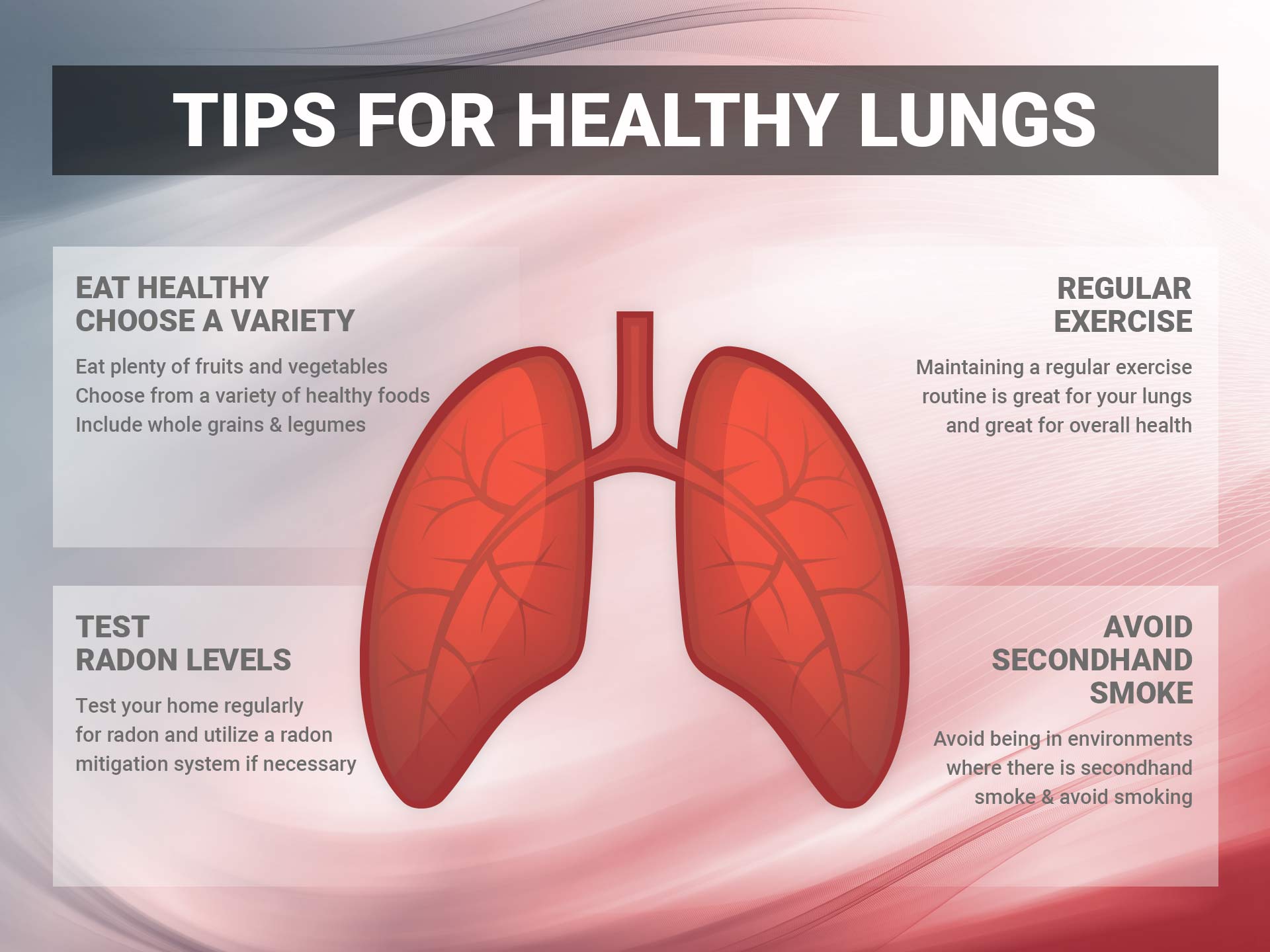Have you ever had a home inspection only to find out your house has elevated levels of radon gas? Are you aware of the risks this radioactive gas poses to your health and safety? Don’t worry!
In this article, we’ll discuss what radon gas is and how it can affect your health. We’ll also provide tips to help you prevent elevated levels of radon from entering your home.
What is Radon Gas?
Radon gas is a colorless, odorless, tasteless radioactive gas that naturally occurs in the environment. It can seep into your home through cracks in the foundation or basement floor and accumulate over time, posing serious health risks if inhaled long-term. Radon is the second leading cause of lung cancer in the United States, behind smoking.
How Can Radon Affect Your Health?
Radon is particularly dangerous because it can build up and remain trapped in indoor spaces for long periods, leading to a greater risk of exposure. Here are some of the potential health risks associated with long-term exposure to radon gas:
- Lung cancer– According to the EPA, radon is the leading cause of lung cancer in non-smokers. This is because radon breaks down in the lungs and releases radioactive particles that can damage cell DNA.
- Increased risk of respiratory illness– Long-term exposure to radon gas can lead to an increased risk of developing respiratory illnesses, such as coughing, wheezing, and shortness of breath. This is especially true for children, who are particularly sensitive to the effects of radon gas.
- Increased risk of other cancers– Long-term exposure to radon gas may also increase your risk of developing other types of cancer, such as leukemia and breast cancer.
These are just a few of the potential health risks associated with radon exposure. It is important to remember that long-term exposure is necessary in order for these risks to take effect.
How can radon poison your home?
Radon enters your home in the following ways:
- Cracks in the foundation or basement floor
- Openings around drains, pipes, and sump pumps
- Crawl spaces
- Gaps around windows, doors, and other openings.
Once inside your home, radon accumulates over time and is trapped as air pressure is not equalized between the inside and outside of your home. The longer radon remains in your house, the higher its concentration will be, leading to an increased risk of health problems.
The good news is that it’s possible to reduce the amount of radon in your home by taking certain precautions.
How Can You Prevent Elevated Levels of Radon Gas?
Fortunately, there are steps you can take to prevent elevated levels of radon gas from entering your home. Here are a few tips:
- Install a radon mitigation system– Radon mitigation systems in Boulder or elsewhere can reduce the amount of radon gas that enters your home by up to 99%. This involves sealing cracks and other entry points in your foundation, as well as installing fans or pumps that suck the gas out of your home and release it into the atmosphere.
- Test your home– Testing for radon levels in your home is an important step in determining if you need to take any further action. You can find kits that measure radon levels at most hardware stores, or you can hire a professional to do the testing for you.
- Ventilate your home– Make sure you keep your windows and doors open to allow fresh air to circulate throughout your home. This will help reduce the risk of radon buildup in indoor spaces.
- Make sure your water is safe– Test your drinking water for radon levels, as it may be contaminated if your home is located near a source of naturally occurring radon.
By following these tips, you can protect yourself and your family from the potentially harmful effects of long-term exposure to radon gas. Remember, it is always better to be safe than sorry, so take the necessary steps to ensure your home is free of this dangerous gas!
Do you have any questions about radon gas or how to test for it? Please do not hesitate to reach out to us for more information or advice. We are here to help!
